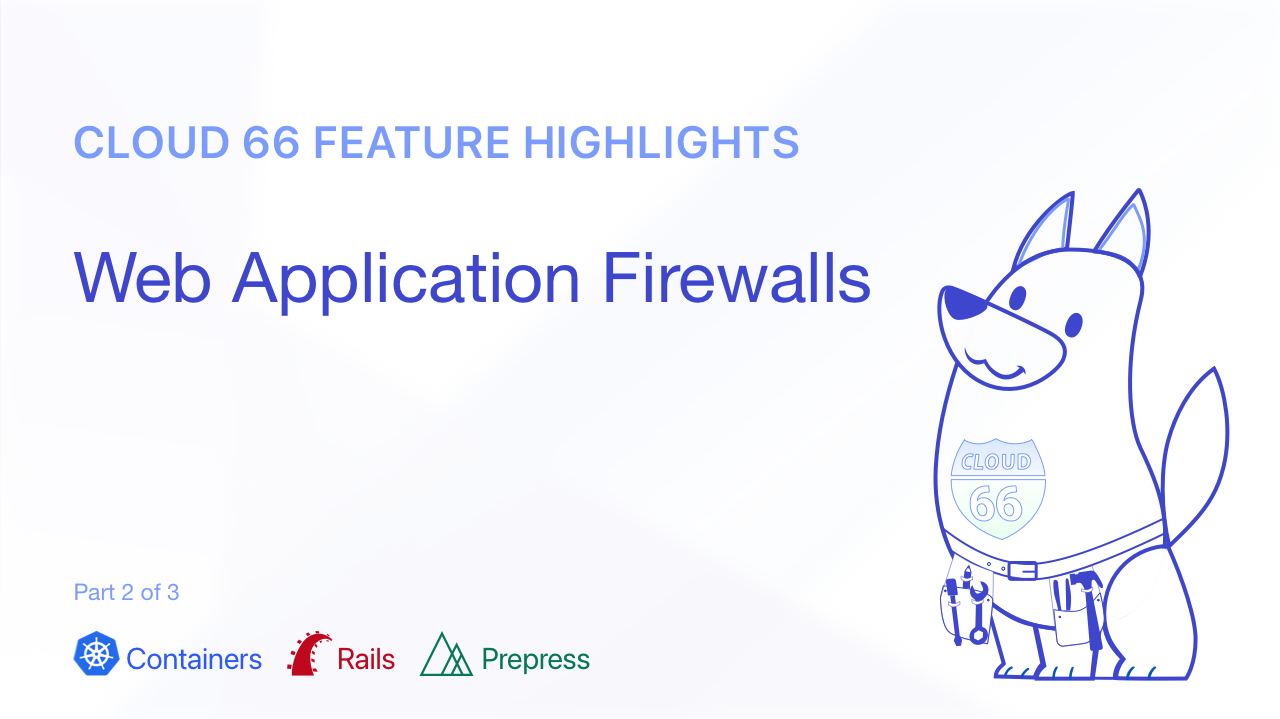
Network Features: Traffic - Part 2 of 3.
What are Web Application Firewalls (WAF)?
A web application firewall is an HTTP-level firewall that protects your application against well-known attacks and exploits. Using WAF, you can block traffic to your applications from certain origins and detect and block common attacks from reaching your application.
How does WAF work?
Your application’s WAF is a separate and different component from the traditional (IP-table-based) network firewall that we install on each server we provision. The WAF allows you to set up a richer and more customizable set of access rules for your application’s web components than would be possible with IP tables.
There are two ways for you to configure WAF:
- Manually, via the ModSecurity CustomConfig file.
- Automatically using OWASP rules.
What are OWASP Rules?
Open Web Application Security Project, or OWASP for short, is a nonprofit foundation that promotes web application security.
OWASP has compiled a list of known attacks and web exploitations that are known as OWASP Rules. Blocking traffic that is trying to identify the frameworks running on your servers or trying to inject SQL code are some examples of OWASP rules. These rules can be automatically applied to your WAF using your Cloud 66 Dashboard.
More info:
- Link to docs: Configuring Web Application Firewalls.
- Link to docs: Using OWASP rules with your WAF.
- Link to blog: Network Features.
